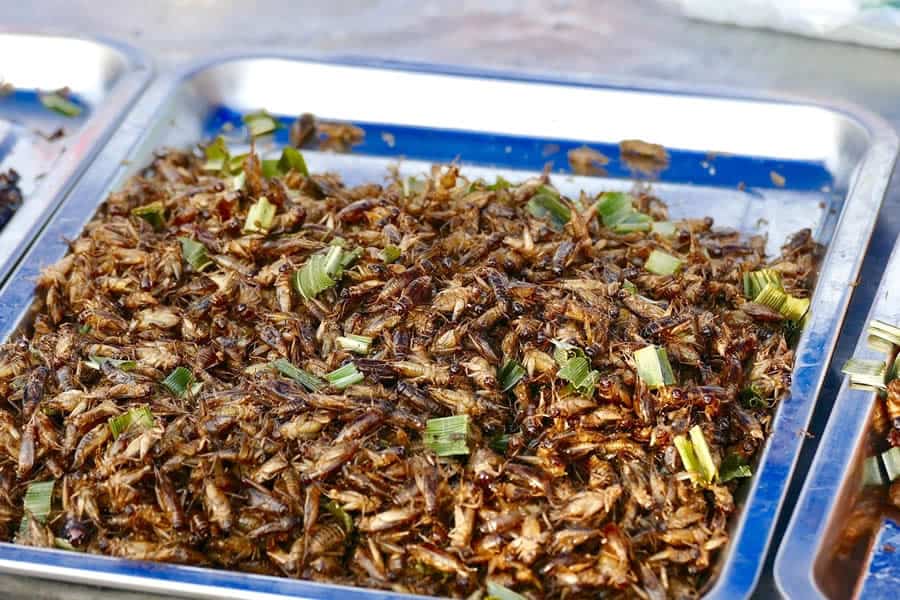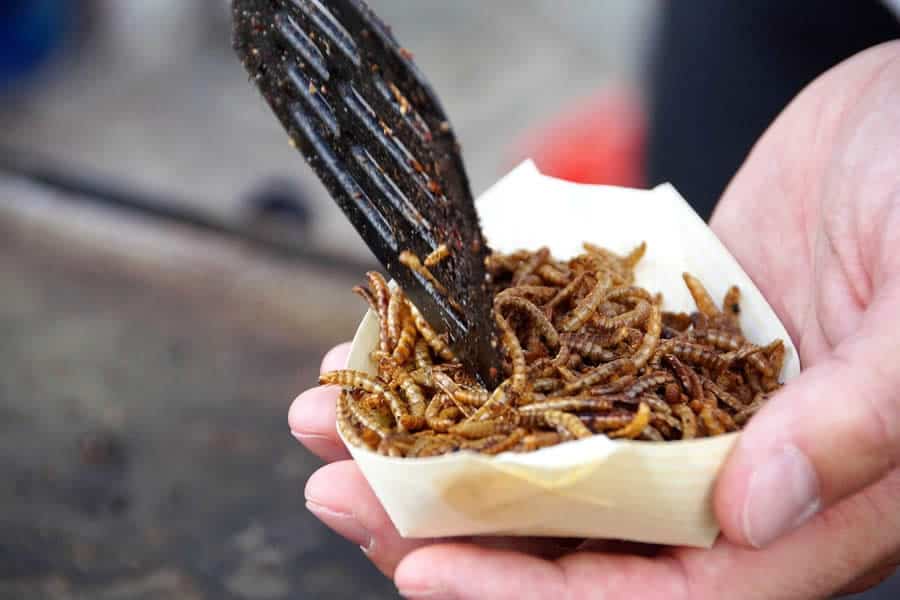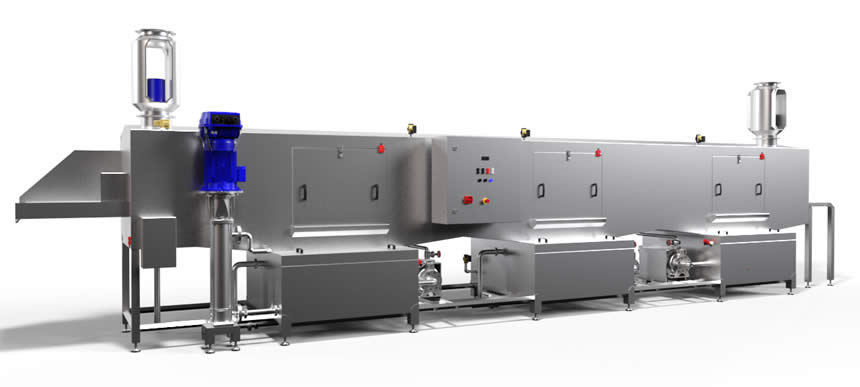Industrial Washing Machines Ltd are a World Leading Supplier of the Future Foods Industry Cleaning Equipment and Solutions
New food sources will require new sanitation equipment
Entomophagy or eating insects is a long standing tradition in many parts of the world. However, this market seems to be ever expanding and such the supply chain is having to get up to speed to support the demand and understand the new geographical implications and requirements. Especially when it comes to future foods.

At the time of writing, the Earth’s population stands at 7.8 billion and counting – you can check the population clock here for an updated figure. Some sources believe that by the end of the 21st century the world population will expand to a whopping 12 billion people, with most of them living in developing countries where food scarcity is already a problem.
There’s been a lot of interest around how edible insects are a great protein alternative, but as with all new food sources we have to think of the supply chain and the issues therein. The technology of insect farming is simple and requires low inputs, so this is something that can be applied in low-resource and high-resource countries alike, which means a lot in terms of its true global impact.
When we talk about the role of insects in food, they’re absolutely essential. The vast majority of our food production depends on insect pollination.
To pre-empt global-scale food shortages, scientists are looking for sustainable solutions. Alternative protein sources are urgently required as the land area currently available is not sufficient to satisfy the growing demand for food, and in particular for meat. The result is that insects are now likely to become the new miracle ingredient in the food and animal feed industry, mainly because of their many environmental benefits when compared to meat production.

Among the hundreds of different insect species, the common cricket is the most frequently used for human consumption. The cricket is one of the most nutritious edible insects, and in many parts of the world crickets are consumed dry-roasted, baked, deep-fried, boiled or as a powder of dried and ground crickets, which is easily integrated into many food recipes. Crickets are commonly farmed for non-human animal food, as they provide much nutrition to the many species of reptiles, fish, birds and other mammals that consume them. Crickets are normally killed by deep freezing, when they feel no pain and are sedated before neurological death.

Waxworms are the larvae of wax moths and are also used widely across the world for food, fish bait, animal testing and plastic degradation. Low in protein but high in fat content, they are a valuable source of fat for many insectivorous animals. Waxworms can live in low temperature environments and producing them in high volumes is straightforward. For these reasons, it is anticipated that waxworms will soon be playing a significant role in human food products.
As well as being a promising ingredient in food for human consumption, insects are also expected to become increasingly widely used in animal feed. For instance, fly larvae can replace the fish meal, which is currently used in animal food, as it has a similar aminoacidic composition. It is possible to formulate the fish meal to increase unsaturated fatty acid. Wild birds and free-range poultry can consume insects in adult, larval and pupal forms while grasshoppers, moths and houseflies are seen as useful feed supplements for poultry.
At IWM, we have already designed and manufactured a specialised washer for a local company that breeds larvae for animal feed production. The larvae is then dried and processed into specific high protein food for animals. But including insects into our diets (and those of our pets) comes with its own caveats. For a start, it may be that some people are allergic to certain types of insect but don’t know it. Safeguarding against such health risks must, therefore, be carefully taken into consideration. New manufacturing practices, labelling, certification and legislative frameworks will have to be created to accommodate these new foods.
It is possible that insect-based food manufacturing will require updated hygiene options for mixing bowls, moulds, utensils and trays used in food production and transportation. Specialised crate and basket washer and drying systems, rack washers, pallet washers and purpose-built cabinet utensil washing machines will perhaps have to be developed to accommodate the new textures and substances. IWM have already gained experience in developing washing machines to clean out the containers that are used for storage and transfer of these delightful edible creatures.
Harvested and processed insects should be packaged in appropriate food grade packaging material that should protect and safeguard the integrity of the processed insect. The cleaning of the packaging and containers needs to follow the same process ensuring the right grade of chemicals and the best class design in washing machines. All machines and equipment should be fit for purpose and maintained to normal food standards.
And although for now a ham sandwich and a packet of crisps are my preferred lunch, in the future this may have to change to larvae on a stick with a cricket side salad. And however things turn out, IWM engineers have the know-how and the creativity to produce innovative designs that work for evolving food manufacturing practices.
Photos




